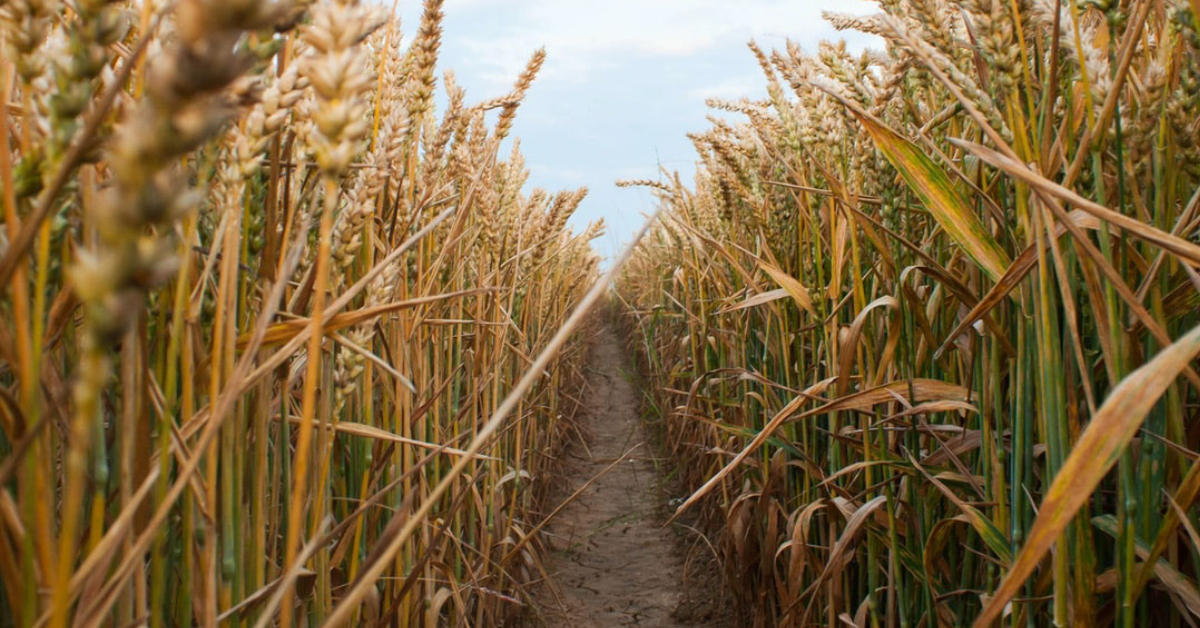
Veganuary is done for another year. What a month it has been!
We’ve learned about cellular agriculture and the advances in 3D bioprinting that promise to bring more convincing meat, with Louise Atkins reporting on advances in food science that may be hitting plates one day soon.
Meanwhile, in the here and now, Andrew Tindall took a look at how the (vegan) sausage is made, unravelling the IP filings in this busy space to find out what is driving innovation on plates today. A participant in the challenge, he writes:
The Veganuary workplace challenge has been an eye-opening experience. I never realised how ubiquitous animal products were in the foods I was eating, and the impact this has. It was also fun sharing the ups and downs of the challenge together with my colleagues. However, I doubt I will be making the switch full-time yet: some plant-based substitutes still have room for improvement. That said, I look forward to the day I have to eat those words!
The branding and accreditation of plant-based foods was also the subject of an excellent piece by Rebecca Anderson-Smith, showcasing the challenges and opportunities that the plant-based faces across the whole IP spectrum.
We’ve also considered the ethical implications of future food technology, where Lauren Woolley asks whether precision fermentation and culturing animals cells may ever “be vegan”, and whether it matters if the answer is “no”. Lauren also participated in, and enjoyed, participating in the workplace challenge:
My personal highlight of Veganuary was trying Redefine MeatTM during a vegan tasting menu in London. As someone who is fascinated by the underlying technology, finally getting the chance to do a taste-test of some 3D-printed “new-meat” was a real treat. I could instantly tell upon tasting that the product was a substitute for lamb. The distinctive flavour was unmistakable, and the cut had a very pleasing texture which was so convincing that a vegetarian at the table next to ours was somewhat unsettled. A technological triumph which I would recommend to anyone who gets the chance to try it for themselves.
And finally, with a view to the sustainability of eating, our Sustainability Team offered some practical tips on how we can all tread a bit more lightly when it comes to our dinner plates, even if we return to our previous diets of milk and meat for another year.
We hope you’ve enjoyed this series about the technology and IP behind plant-based and slaughter-free foods. Perhaps next year, you will join us in the challenge?
This blog was originally written by Andrew Tindall.
Lauren is a patent technical assistant working in our Life Sciences team. Lauren has a degree in Biochemistry from the University of York. She undertook a one year industry research placement in neurodegenerative diseases at the DZNE in Bonn. Her undergraduate research project focused on developing hydrogel biomaterials for stem cell growth. Following her degree, Lauren spent 18 months doing academic research at the Institute of Prion Diseases, specialising in whole-organ imaging.
Email: lauren.woolley@mewburn.com
Sign up to our newsletter: Forward - news, insights and features
Our people
Our IP specialists work at all stage of the IP life cycle and provide strategic advice about patent, trade mark and registered designs, as well as any IP-related disputes and legal and commercial requirements.
Our peopleContact Us
We have an easily-accessible office in central London, as well as a number of regional offices throughout the UK and an office in Munich, Germany. We’d love to hear from you, so please get in touch.
Get in touch

